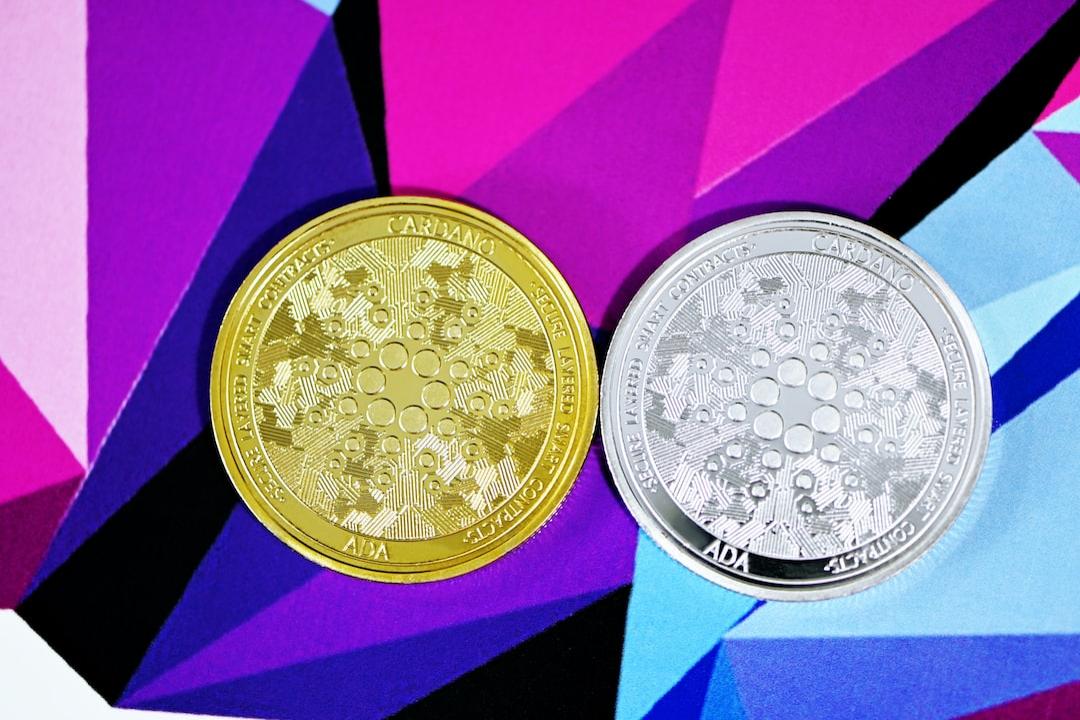What happened?
Since the EU regulatory framework MiCA came into effect, the market value of USDT has dropped by 1.2% in a week, reaching around $137 billion, marking the largest weekly decline in market value since the FTX collapse in November 2022.
However, the stablecoin USDC has not been affected and has instead seen an increase in circulation and market value, doubling from its lowest point to around $44 billion.
USDT Market Value Declines by 1.2%: Impact of MiCA Regulations on the European Market
By the end of 2024, the cryptocurrency market experienced a long-awaited resurgence, with Bitcoin reaching a new all-time high and becoming the focus of the global financial market. However, at the same time, stablecoins, which are an important cornerstone of the crypto market, faced unprecedented challenges in a rapidly changing market and regulatory environment.
On December 30, 2024, after the full implementation of the EU regulatory bill MiCA (Markets in Crypto-Assets Regulation), the market value of the largest stablecoin, Tether (USDT), dropped from $138.8 billion to $137 billion within a week, marking the largest weekly decline since the collapse of the international exchange FTX.
MiCA regulations require large stablecoin issuers to hold more than 60% of their reserves in low-risk European commercial banks. This requirement poses a significant challenge for globally operating issuers like Tether.
Additionally, due to compliance issues with MiCA regulations, several European exchanges and Coinbase have stopped supporting USDT, further increasing the pressure on USDT in the European market.
While EU traders can still hold USDT in non-custodial wallets, they cannot trade on centralized exchanges that meet MiCA standards.
Agne Linge, Growth Manager at decentralized lending platform WeFi, stated that “considering Tether’s large capital and global adoption, it is economically unfeasible to meet this requirement without disrupting the overall crypto ecosystem.”
Will the decline in USDT market value affect the cryptocurrency market?
The existence of stablecoins is somewhat like a “common currency in the crypto sphere,” and global investors mostly prefer using stablecoins as a medium for spot purchases or derivative trading of cryptocurrencies. The leading stablecoin, USDT, can be considered a key element for accessing the crypto market.
Therefore, the withdrawal and decline in market value of USDT have led to speculation in the community that the overall development of the cryptocurrency market will decline. However, Linge believes that the European market represents only a small portion of the global stablecoin trading volume, with approximately 80% of USDT trading volume coming from Asia. Therefore, the impact of MiCA regulations on USDT’s global dominance is relatively limited.
Cryptocurrency analyst Bitblaze also stated that since Asia is the primary venue for Tether trading volume, the impact of MiCA regulations has been somewhat diluted. Bitblaze noted that “USDT is the largest stablecoin with a market value of $138 billion and a daily trading volume of $44 billion. As of today, 80% of USDT’s trading volume comes from Asia, so the EU delisting won’t have any severe impact.”
USDC Market Value Doubles: Rebounds from the Bottom to $44 Billion
Compared to the decline in USDT, the USD-based stablecoin USDC has experienced rapid growth in 2024. According to data from Blockworks Research, its circulating supply has surged by 80% from a low point of $24 billion in 2023 to nearly $44 billion as of January 2.
This growth in numbers reflects increased activity on the blockchain and drives the demand for stablecoins. The main reason USDC has not been negatively affected by the EU’s Markets in Crypto-Assets Regulation (MiCA) is that its issuer, Circle, has complied with the relevant regulations and ensured its operations meet MiCA’s strict requirements, allowing it to be used in the EU region.
In addition, the distribution of USDC’s circulation has become more diversified. According to Dan Smith, Director of Data Analysis at Blockworks, users are gradually shifting from Ethereum to other blockchain networks such as Solana and Hyperliquid. This change not only reflects the diversification of blockchain applications but also indicates an increasing trust and reliance on other blockchains by users.
Currently, 65% of USDC’s circulating supply is still on Ethereum, while Solana accounts for about 10%, and other blockchains such as Base, Arbitrum, and Hyperliquid account for approximately 15%. This is a significant change compared to 2023 when 85% of USDC was concentrated on Ethereum.
Grayscale, in a research report, pointed out that retail traders are gradually shifting to Solana, primarily influenced by speculative opportunities in meme coins and AI tokens. Additionally, according to on-chain data platform DefiLlama, Solana’s total value locked (TVL) increased from $1.5 billion at the beginning of the year to $8.5 billion at the end of 2024, demonstrating its rapid ecosystem growth.
Amidst the intersection of a bull market frenzy and regulatory storm, the future of stablecoins has become a hot topic in the industry, laying the groundwork for the next steps in the entire crypto market.
References: cointelegraph, theblock, coindesk

